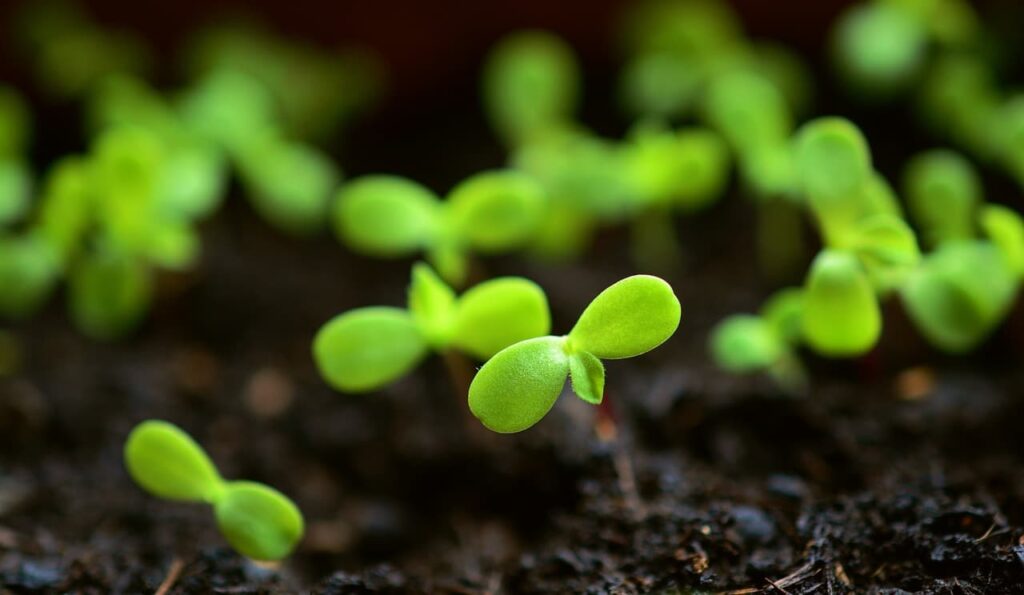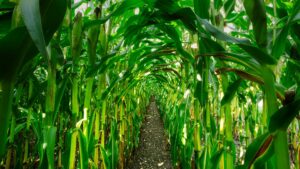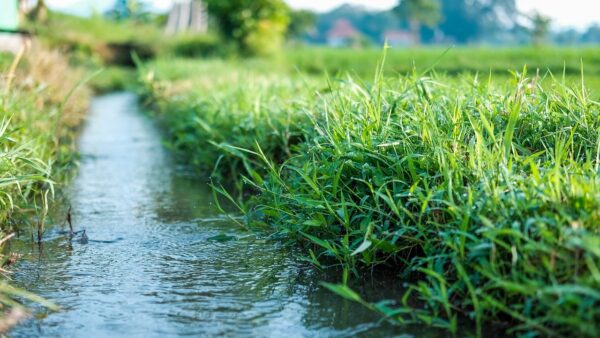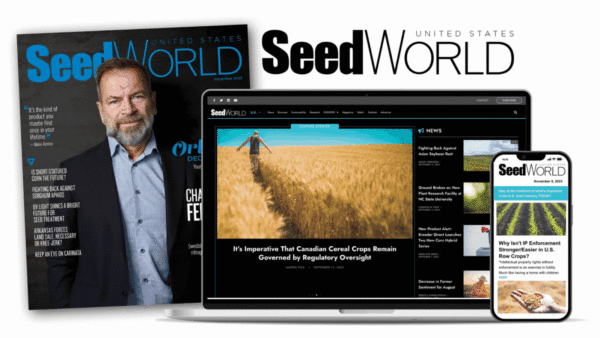Many of the challenges that growers are facing today have boosted the amount of attention given to biostimulants. In some cases, if the cost of fertilizer is too expensive, or pesticides just not available, growers need to use other tools that are available. This has opened many eyes to biostimulants.
Combining that with real field trial data results has been useful in spurring acceptance of these products. Acadian Plant Health™ has invested significant resources in field trials over many years. Field trials on biostimulants can be challenging. In my previous column, I talked about mode of action, and about how differences on crops and interactions with environments can make it difficult to do a really good field trial with biologicals. There are simply so many variables that are unknown, at least at the beginning.
But we know that now more than ever, every investment a grower makes needs to have an economic return. So, we have a team of regional technical managers who understand the crops and the growing practices unique to that area. With their expertise, we’re able to design meaningful research that quantifies the benefits of our seaweed extract biostimulants, as well as the return on investment to the growers.
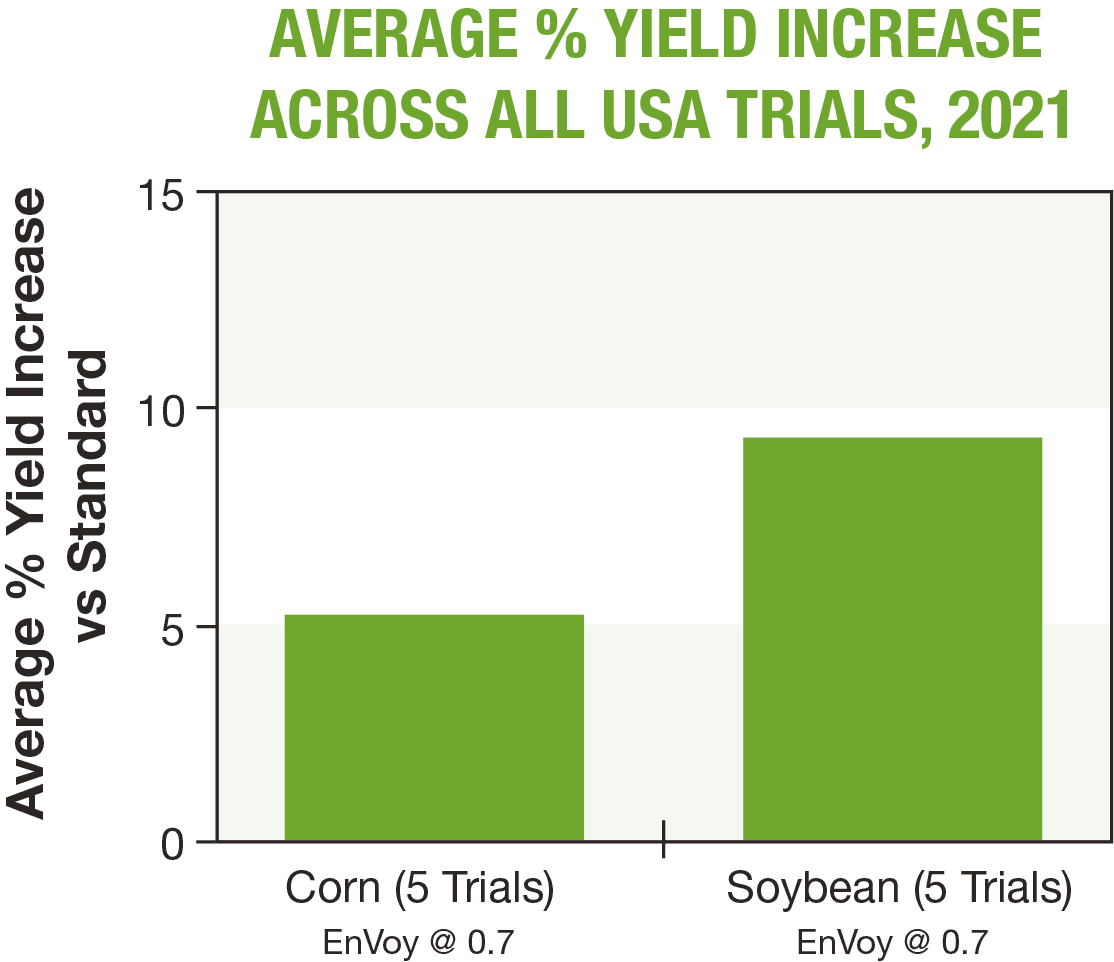
During 2021 we conducted a series of field trials with EnVoy, a new high-concentration formulation containing Ascophyllum nodosum, in the United States. There was a total of 16 trials (five in corn, five in soybean and six in cotton) set up in different geographical locations where the tested crops are commonly grown, and in locations where abiotic stress (heat and drought) is common.
We tested different methods of application as well as different rates and timings. The results were encouraging, with an increase in root biomass and yield for all three crops. With regards to yield increase, on average we observed a 5.2% increase for corn, 11.7% for cotton and 9.6% for soy.
In 2022, we conducted the second year of EnVoy field trials in the U.S. and Canada and expect to have results and conclusions from these trials shortly.
Yield is important, but we also need to collect data that explains where that improvement in yield came from. That’s one of the unique features of biostimulants, as mode of action is never simple. We look at timing, when it’s applied and what the result is. We look for regrowth response and chlorophyll response.
By doing extensive field trials across a wide range of environmental conditions and soil typecrops, we are further bolstering the credibility and the understanding of biostimulants and how they have a very unique benefit that growers can capitalize on.


